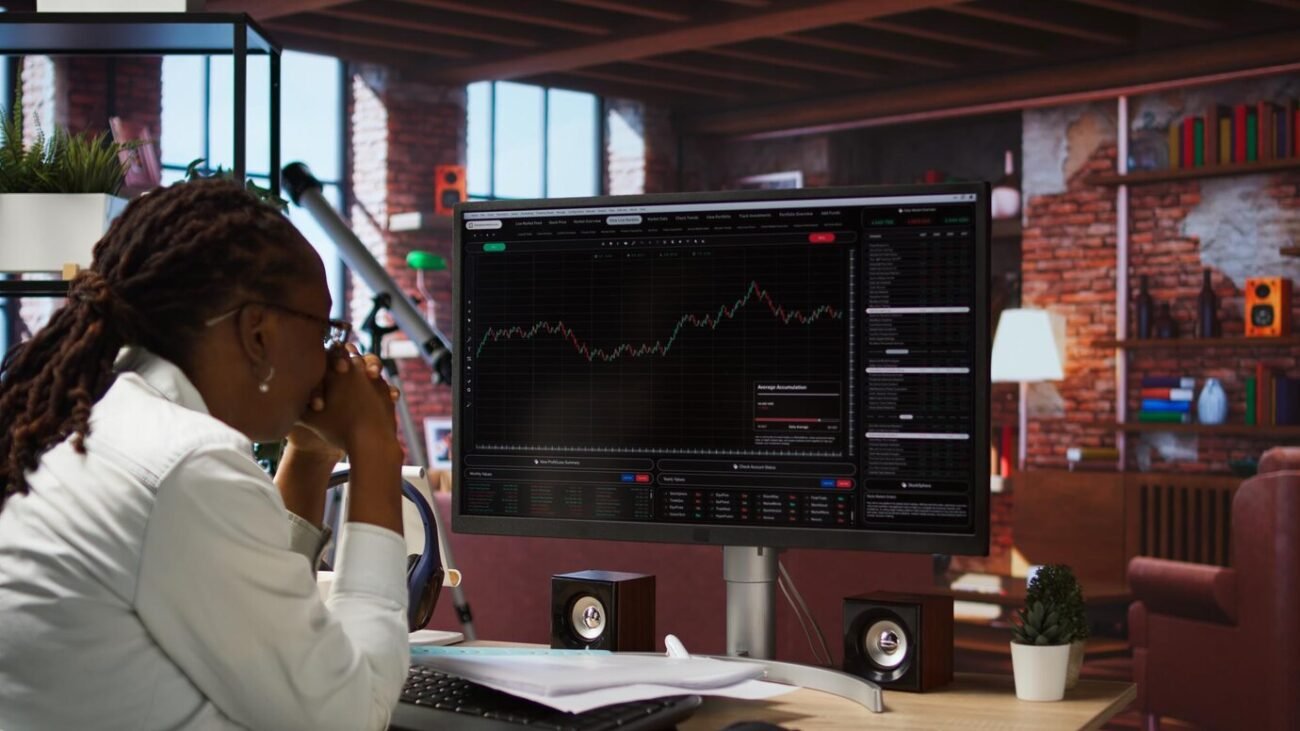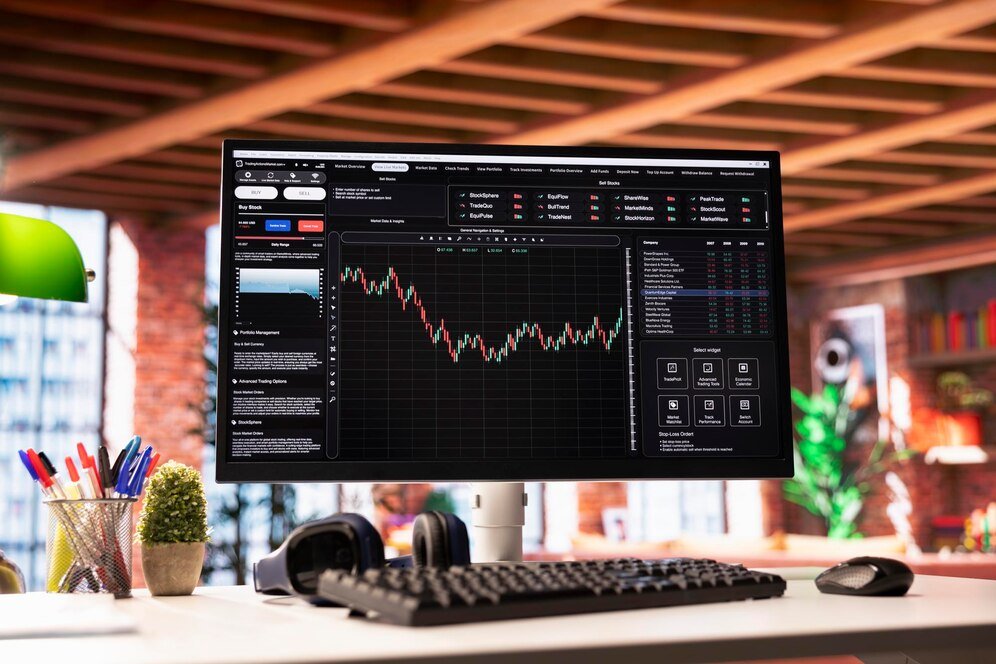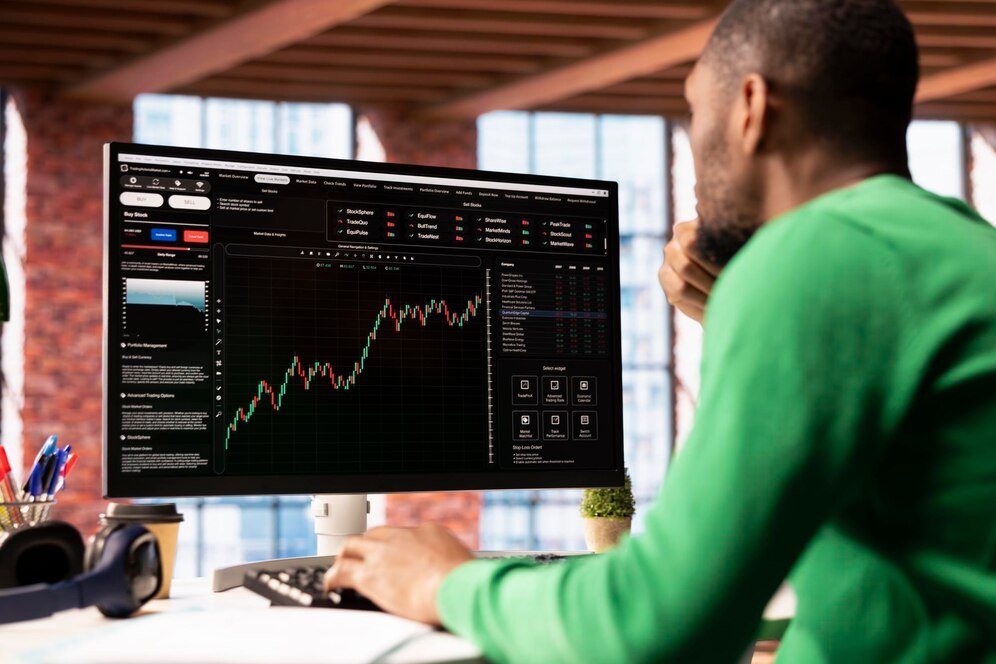In the world of financial markets, liquidity is one of the most crucial concepts traders need to understand. Whether you’re trading stocks, forex, commodities, or cryptocurrencies, the ability to buy or sell an asset quickly at a fair price depends largely on the liquidity of the exchange. For traders, liquidity can make the difference between executing a profitable trade and facing significant slippage or being unable to exit a position at the desired price.
In this blog, we’ll explore the concept of exchange liquidity, why it matters for traders, and how to use liquidity to your advantage in your trading strategy.
What is Liquidity in Financial Markets?
At its core, liquidity refers to the ability to buy or sell an asset quickly without significantly affecting its price. High liquidity means that there are many buyers and sellers in the market, making it easier for you to execute trades at market prices. Low liquidity, on the other hand, implies fewer participants, making it harder to enter or exit positions without causing a large price movement.
In simpler terms:
- High liquidity = Easier to buy or sell with minimal price impact.
- Low liquidity = Harder to trade, higher potential for slippage, and more volatility.
Liquidity is a vital factor in any market, but it’s especially important for traders because it impacts the speed, efficiency, and cost of executing trades. Let’s break down why liquidity matters and how it affects your trading.
Why Does Liquidity Matter for Traders?
- Faster Execution of Trades
The most obvious benefit of trading in a highly liquid market is the speed at which you can execute trades. When there is ample liquidity, there are always buyers and sellers willing to transact at a market price. This ensures that your orders are filled quickly and at the best possible price, reducing the chance of delays in order execution.
Why it Matters:
In fast-moving markets (like forex or crypto), being able to execute trades without delay can be crucial to capturing opportunities, especially if you’re trading on short time frames.
- Reduced Slippage
Slippage occurs when there is a difference between the price you expected to buy or sell an asset at and the actual price you get when your order is executed. This can happen when liquidity is low, causing your order to “slip” to a different price level.
In markets with high liquidity, slippage is generally minimal because there are more orders at different price levels. In low liquidity markets, however, slippage can become a significant issue, especially during volatile periods.
Why it Matters:
For traders, slippage can eat into profits or increase losses. Understanding liquidity helps you avoid these situations and ensures that your trades are executed close to the expected price.
- Better Price Discovery
Price discovery is the process by which the market determines the price of an asset based on supply and demand. High liquidity provides a more accurate reflection of an asset’s true value since there are numerous market participants agreeing on a price at any given moment. In markets with low liquidity, price movements may be exaggerated, making it difficult to trust the market price.
Why it Matters:
For traders, accurate price discovery is key to making informed trading decisions. Low liquidity can result in erratic price movements, making it harder to identify fair entry and exit points.
- Lower Transaction Costs
In markets with higher liquidity, bid-ask spreads (the difference between the buying and selling price of an asset) tend to be narrower. This is because the competition between buyers and sellers drives the spread down. In contrast, markets with lower liquidity often have wider bid-ask spreads, which means you’ll end up paying more to enter or exit a trade.
Why it Matters:
For active traders, wider bid-ask spreads can significantly increase transaction costs, particularly when executing multiple trades in a day. Trading in liquid markets allows you to minimize these costs and retain more of your profits.
- Less Market Manipulation
Markets with low liquidity are more susceptible to market manipulation, such as “pump and dump” schemes or price spoofing, where large orders are placed to move the price in a desired direction. In highly liquid markets, the volume of trades and order book depth makes it much harder for individual actors to manipulate prices, making these markets more stable and trustworthy.
Why it Matters:
For traders, a market that is more difficult to manipulate is generally safer and offers more predictable price behavior. This reduces the risk of unexpected price spikes or crashes due to market manipulation tactics.
Types of Liquidity in Financial Markets
Understanding the different types of liquidity in financial markets can help you make better trading decisions. There are generally two types of liquidity:
- Market Liquidity
- Market liquidity refers to the ability to buy or sell an asset in large quantities without affecting the asset’s price.
- Highly liquid markets like major forex pairs (EUR/USD, GBP/USD) or large-cap stocks (Apple, Microsoft) offer market liquidity, as you can trade in substantial volume without causing significant price movement.
- Asset Liquidity
- Asset liquidity pertains to the liquidity of a particular asset or instrument itself. For example, blue-chip stocks or government bonds are considered highly liquid assets because they can be sold or bought easily at market prices. On the other hand, assets like real estate or private equity are less liquid because they take longer to sell and may require a significant price discount to sell quickly.
Why it Matters:
As a trader, you should always be aware of the liquidity of the asset you’re trading. Low liquidity in a specific asset may result in delays, slippage, and price distortions, especially in volatile market conditions.
How to Take Advantage of Exchange Liquidity
Now that you understand why liquidity matters, let’s explore some strategies to use liquidity to your advantage:
1. Trade in Highly Liquid Markets
- Forex Market: The forex market is known for its deep liquidity, particularly in major currency pairs. Trading in these pairs ensures fast execution and tighter spreads.
- Stock Market: Stick to blue-chip stocks or stocks with high trading volumes. These assets tend to have better liquidity, resulting in smoother execution and better price discovery.
- Cryptocurrency Market: While the crypto market can be volatile, trading in well-established cryptocurrencies like Bitcoin (BTC) and Ethereum (ETH) offers higher liquidity than lesser-known altcoins.
2. Avoid Trading During Low Liquidity Periods
- Liquidity can vary depending on the time of day. For example, in the forex market, liquidity is highest during the overlap of major trading sessions (like London and New York), and lowest during off-hours when fewer traders are active. Similarly, the stock market experiences high liquidity during market hours and lower liquidity during pre-market and after-hours trading.
- For best results, aim to trade when liquidity is at its peak to avoid slippage and other execution issues.
3. Monitor the Order Book and Spread
- Many exchanges provide access to the order book, which shows real-time buy and sell orders at different price levels. A dense order book with a large number of orders at various price points is indicative of a liquid market.
- Check the bid-ask spread as well. If the spread is wide, it could be a sign that liquidity is low, which may lead to higher trading costs.
4. Consider Using Limit Orders
- If you’re trading in a less liquid market or during off-peak hours, using a limit order (where you specify the price at which you want to buy or sell) can help you avoid the risk of slippage.
Conclusion
Liquidity is one of the most important factors for traders to consider when entering or exiting a position. Whether you’re a day trader, swing trader, or long-term investor, understanding liquidity can help you execute trades more effectively, reduce costs, and minimize risks.
By focusing on markets and assets with high liquidity, using limit orders when necessary, and avoiding low-liquidity periods, you can enhance your trading experience and improve your chances of success. Ultimately, a solid grasp of liquidity helps you make informed decisions and maintain control over your trades, even in fast-moving markets.













